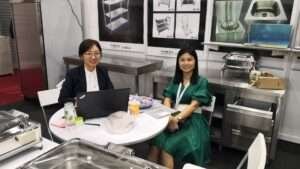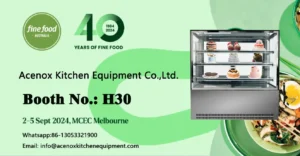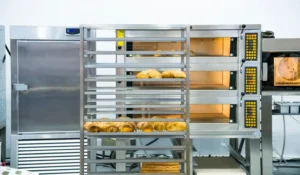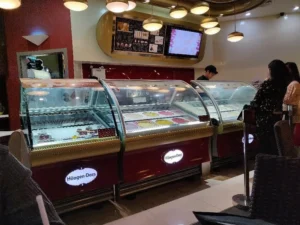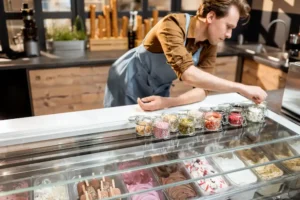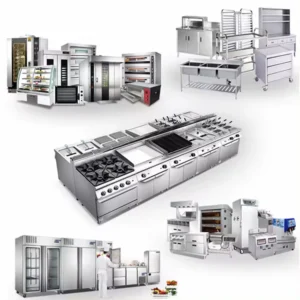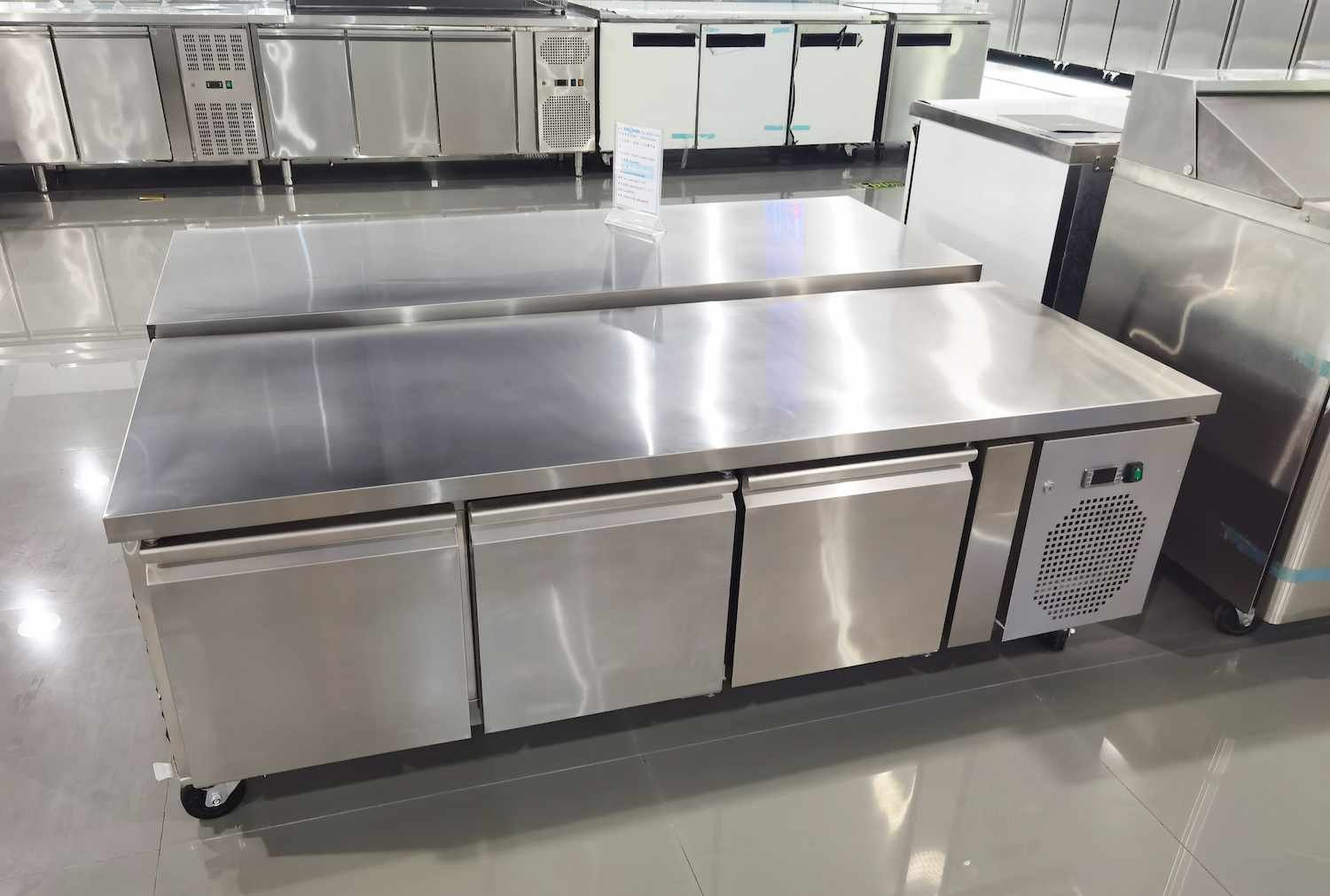
Issues diagnosis
Last month, I was having lunch in a restaurant and learned that their commercial refrigerator was not cooling. I made less than 10 minutes of examination and finally gave them the solution to fix this issue.
After one week, I went to this restaurant again, and they were excited to tell me,” Thanks for your suggestions, we solved the problem, and the refrigerator works normally now!”
Examination Of the Refrigerator
Now let’s look back at how I examined and explored why the refrigerator is not cooling.
1. Check the temperature controller
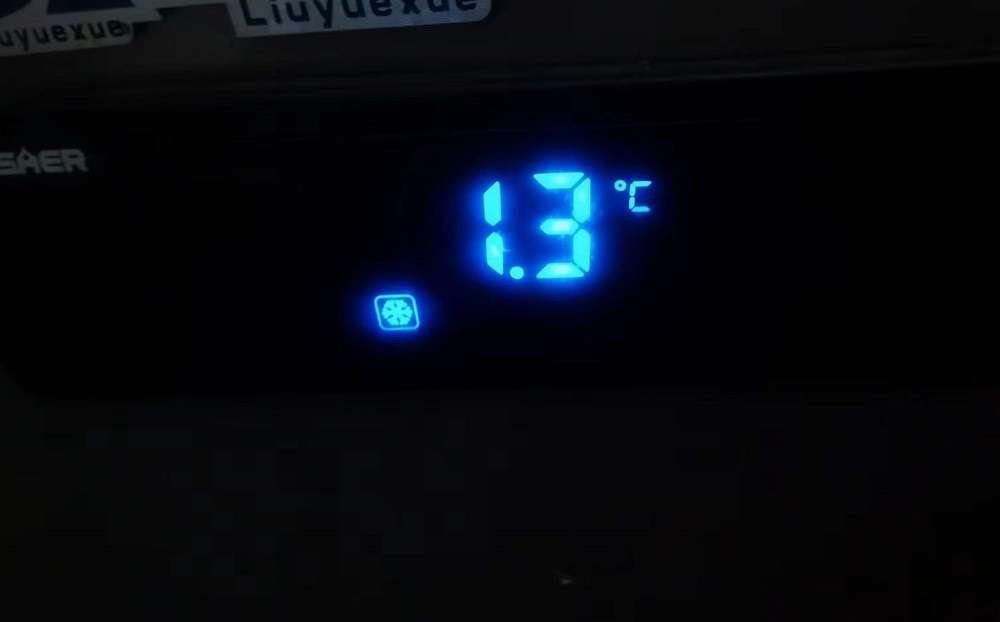
I found the chef of the restaurant adjusted the temperature to a very low temperature of 1.3℃. The standard setting of a commercial refrigerator is +2℃ ~ +8℃. However, even it shows a very low temperature, the refrigerator is not cooling. He told me that an inspector already changed a new temperature controller but useless.
I firstly make sure the parameter of the temperature controller in correct.
- It is not about the temperature controller.
- The temperature controller works normally
- The issues are not coming from this controller to a great extent.
2. Check the internal temperature of the refrigerator
I did not have a thermometric indicator at that time. I used my hands to sense the temperature. Obviously, the inside of the refrigerator wasn’t cool. It was even above 8 degrees Celsius. The chef informed me that the vegetables in the refrigerator would spoil by the next day.
3. Learn how long the refrigerator has been used
The chef told me that the refrigerator had been used for over two years.
My judge: there is a significant possibility of insufficient refrigerant. If the refrigerant is not enough, the temperature can not go down.
4. Check if the compressor is overheating or not warm at all
If the compressor is overheating or not warm at all, there will be an issue with the compressor.
The compressor likely needs to be replaced.
5. Examine the Condenser and evaporator
If the condenser is too dirty, the heat dissipation will be slow, thus affecting the refrigeration efficiency. Check if there is any damage to the evaporator. The aluminum evaporator may oxidize after a long time of service, leading to cracks and, thus, refrigerant leakage.
6. Examine if the fan still works
If the fan does not work, the temperature is not even, and it will affect the refrigeration eventually, but it will not cause the freezer to stop cooling completely. The fan helps to blow the cold air everywhere inside the refrigerator. It can speed up the refrigeration.
Conclusion
In conclusion, my judgment is: There is a Refrigerant Shortage.
The chef brought in a repairman the next day to refill the refrigerant. Immediately, the refrigerator started working correctly, and the working temperature reached the required level.
Whether a commercial undercounter refrigerator or a commercial glass door refrigerator, if there are any cooling issues, the elimination methods mentioned above can help you systematically troubleshoot the problem and find targeted solutions.
The components of the commercial refrigerator are simple from the views of professionals. If you follow the steps mentioned above and pay attention to the checks, there is a high probability that you will identify the cause. However, if the above solutions still fail to resolve the cooling problem, you may need professional service to help you.

